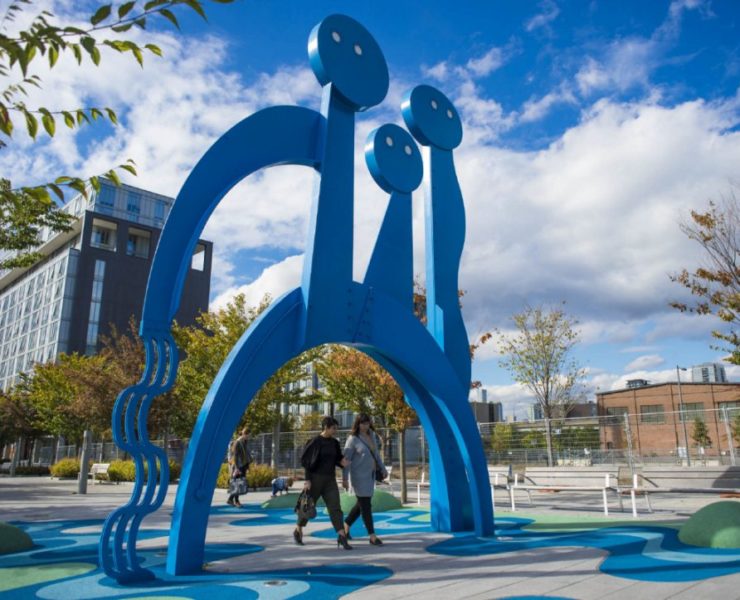
Montreal, Toronto and the funding in the main Canadian cities.
Thanks to a tool included in Ontario’s Planning Act known as Section 37, which lets developers trade community benefits for extra height and density, the city’s art holdings have grown with its skyline.
But despite the boom, public art policies haven’t changed much since they were formalized shortly after amalgamation. A joint academic study titled “Redefining Public Art in Toronto,” by teams at OCAD University and the University of Toronto, authored by Sara Diamond and Daniel Silver, demands a new vision.
Identifying program shortfalls and proposing ways forward, the report aims to modernize public art policy and practice for a more dynamic, livable city — now and into Toronto’s future. Here’s some of what’s inside.
Toronto has a “Percent (sic) for Public Art” policy where a portion of funds from major municipal projects is reserved for art. But which projects trigger that contribution is determined by planning on a project-by-project basis. The Pan Am Sports Centre in Scarborough, for example, merited a commission by the Quebec trio BGL. A new overpass might not. The report asks that, as in Calgary and the province of Quebec, all municipal builds and renovations set aside a portion of funding for public art.
